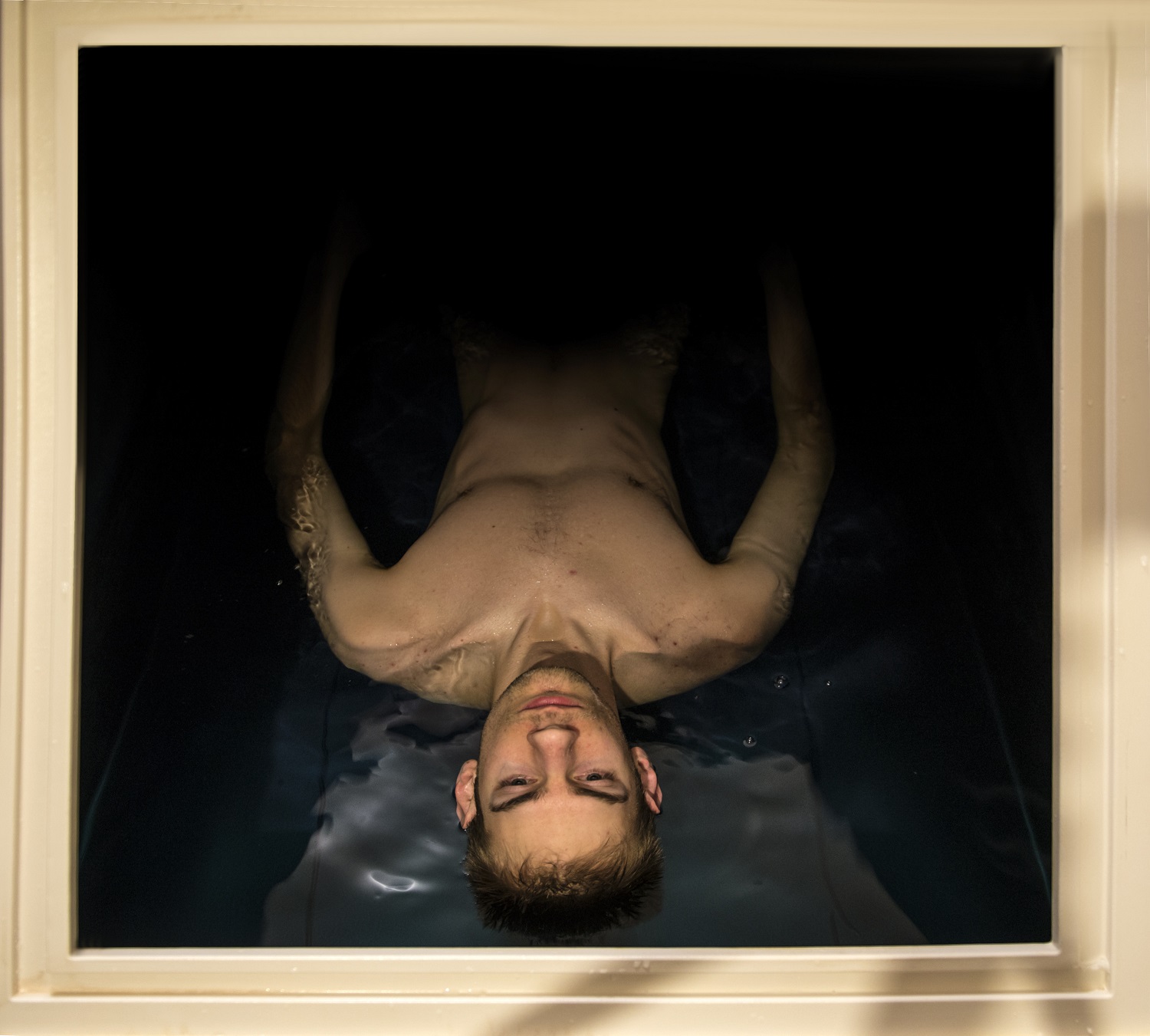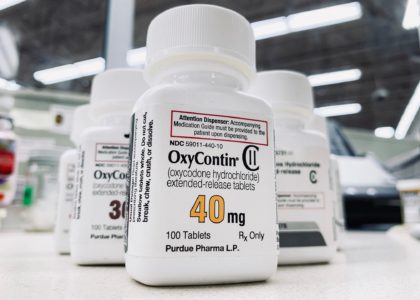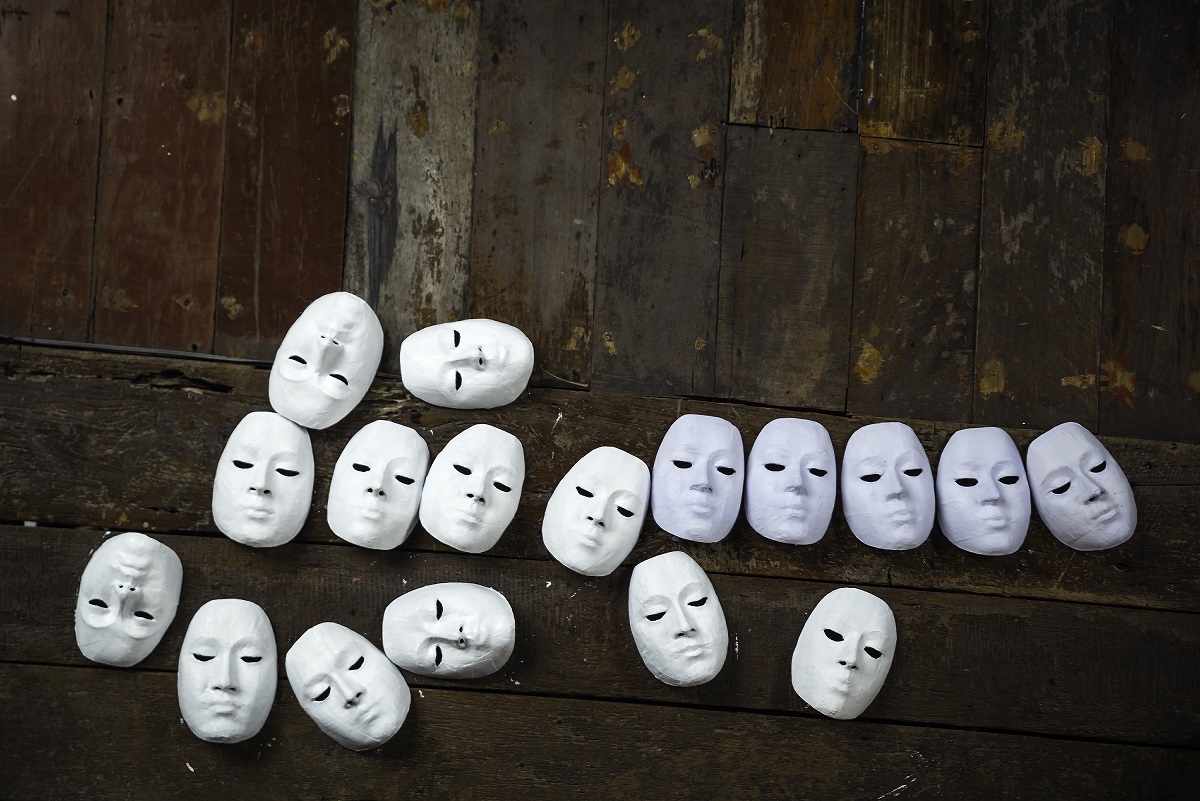
Project ‘X-38’, as it had been called, eventually attracted the attention of other investigators in the field of psychology who sought to discover for themselves whether sensory isolation was indeed as menacing, frightful, and depersonalizing as what the explosive literature had intimated. Jack Vernon, for instance, managed to construct an isolation chamber to the dimensions of 4 x 9 x 8 feet, fully equipped with a built-in king-sized bed, after securing a grant from the Surgeon General of the US Army. His subject sample was somewhat homogenous, consisting of roughly one hundred postgraduate students from Princeton University faculties; all were male, between 20-32 years, and highly intellectual. For three and a half years, the McGill experiments had churned up considerable support for the notion that greater acumen and IQ was correlated with lower thresholds for withstanding sensory deprivation, so one must assume that the demographic singled out by Vernon was intentional. To minimize premature termination Vernon followed in Donald Hebb’s footprints; before entering the lightproofed and soundproofed cubicle the subject was informed that the trial was limited to four days (96 hours), that the length of his confinement would be perpetually monitored, and that personal safety was a paramount consideration in their empirical methodology. The likelihood of phantom symptoms arising from the observer-expectancy effect was eliminated by not feeding the subject information about what kind of phenomena sensory isolation was supposed to induce. There was also a panic button available, if for whatever reason the subject adjudicated that he could not complete the allotted trial run.
As we might expect associating the somnolent darkness with tangible threat qualified the subject for entry into a phenomenal world of negative affect. The vicissitudes in the constitution of human character and experience are such that it is impossible to discriminate what may or may not have activated unconscious defence mechanisms for each individual participant. Repressed traumatic memories of childhood events with equivalent or comparable features to the experience of sensory deprivation, irrational fears of darkness retained since childhood against the better judgement of the contemporaneous social self, and extroverted personality types orientated towards the social world are all liable to elicit negative stimulus appraisal. It never occurred to Vernon and his associates that data pertaining to life history and personality types might shed some light upon the predominant sentiment of doom felt amongst the postgraduate students, a lamentable omission which leaves us out on a limb if we sought to establish why safety measures and most of all the reassurance of safety did little in way of easing emotional unrest. This unrest is best expressed through the lucid dialect of phenomenology, a verbal testament from one of the participants: “I entered the cell that was to become the deepest darkness I had ever known.”[1]
Indeed, spiralling into the vortices of Stygian darkness and nothingness was interpreted by some as a perilous threat to selfhood, an assessment which mobilized the nervous system’s fight-or-flight response. As a consequence the air was perceived to grow thicker and staler, the temperature hotter, and the constricted environment more humid. Moreover there were distortions in the visual perception of participants who tried to break up the uniform emptiness by viewing some basic black and white drawings inscribed within a viewing box; it turns out that many sighted vivid colourations of yellow, orange, and red that weren’t there. The more conscientious and resourceful devised simple problem-solving tasks in arithmetic and mathematics to make the silence and monotony more tolerable. Others devised little contraptions by which time might be rendered measurable in the absence of clocks, the sun, and other external pointers. The activation of defence–irritation, fear, panic attacks, and stress–was tantamount to abortion and failure; once defences have been activated by the mind-brain synergy, endeavours like retrospection, problem-solving, and narrative-building requiring the subsistence of relaxed states of consciousness fade into the ambient background of fields like a drifting air balloon. Generally speaking, participants who demonstrated power and discipline over their cognitive processes by cultivating some preoccupation through which their helplessness and indisposed state might be temporarily forgotten fared much better than those who permitted unjustified fears to run rampant and cloud their better judgement of and trust in the superintending experimenter.
On a different note, dreams experienced during solitary deprivation tended to be very vivid with preternatural clarity. Vernon puts much of the disturbing content down to unconscious reflections of anxiety, and explicitly the anxiety spawned from subjective feelings of having relinquished control. There is little reason to doubt the credence of his theory given the continuum of negative presentiments described by the majority of postgraduate students immediately before their trials. One subject dreams that he has embarked on a short trip out to a local swimming pool in the company of four friends. Seeking validation and accolades the subject resorts to a self-congratulatory and conceited ramble about his great talent in swimming and diving, a bold assertion which is at first met with a significant degree of scepticism on the part of his peers and subsequently challenged. As soon as they reach their destination, the subject comes to realize that he’s forgotten his swimming trunks at home, making authentication of the claim impossible. At that point he is jolted awake. In Inside the Black Room (1963), Vernon states that this particular subject had initially agreed to the full ninety-six hours of isolation, however sometime after the dream a hostile experience unravelled for which he had no answer other than to push the panic button and terminate the trial run prematurely.
While some believe dreams to be little more than highly dissociated mental garbage, I am an avid devotee of the analytical and transpersonal schools of thought that see them as meaningful carriers of highly symbolic content and representational tendencies streaming forth from the shrewd and intelligent hidden observer, the higher Self. I would go as far as to claim that the dream just described intimates knowledge of the dreamer’s imminent future; assuming the creative role of playwright, the dreaming body stitched together a powerful drama in material terms, the venture out to the swimming pool, and then inserted the dreamer into the narrative in the guise of a fallen hero, a man unable to substantiate his inflated assertions of being a proficient diver and swimmer, in order to illustrate his inner psychical trend and thus the most likely outcome. Transposing the dramatic arrangement of abstract dream elements to the literal level, the adventure is one and the same with the isolation trial, the four friends are the four days of confinement, the inflated claim is the flawed belief held by conscious awareness that the trial run will be completed, and the inability to substantiate his claims is the premature abortion of the trial. Save for its clever symbolism in elucidating the dreamer’s natural inclination to trepidation and submissiveness, the dream is also coherently prophetic.
In another dream of the precognitive type, a subject finds himself tolerating an irritating headache that continues to expand like a blood-coloured balloon in the process of being filled with helium gas until it is no longer bearable. In order to avert an oncoming panic attack the subject activates the panic button, an action that immediately summons the superintending experimenter to the isolation chamber. The latter proves to be a sympathetic salvific figure, handing the subject a bottle of aspirin and encouraging him to continue with the experiment. Following this dream segue the subject awoke with a real headache and instinctively reached out towards the shelf in full confidence that he would find a bottle of life-saving aspirin. One can imagine the confusion and alarm when the incessant fumbling failed to locate either the aspirin or the shelf. Turning over the obvious discrepancies between the dream element and real life only served to confuse him further; the internal chaos roused set in motion a tension headache, which in turn became the reason for the panic button to be pushed. This brought the experimenter rushing in, who dutifully informed the participant that pharmaceutical intervention would be deferred until after the post-confinement examination was complete. The subject didn’t raise any objections to this mandatory empirical protocol. In the end liberation from sensory isolation spawned a calming effect, dissipating the tension headache long before the tests were finished. The aspirin never made an appearance in real life because it was deployed by the dreaming body on wholly figurative terms–as a stand-in for the therapeutic effect of being liberated from confinement. In this precognitive vision the inner language of the dreaming body was far more literal in character, with the overwhelming symptomology (i.e. tension headache) and premature termination of the experiment (i.e. pressing of the panic button) portrayed in purely material terms. From Vernon’s discussion on the dreams of participants, I would surmise that temporary abeyance of sensory communion with the outer world amplifies the inner life so that its intimate activities and cleverly crafted concerns which fly under the radar during normative conscious awareness become much more apparent.
That’s all very well, but what of the intrusion of right hemispheric language into integrated consciousness, the hallucinations that comprised a principle feature of atypical phenomena experienced by Hebb’s subjects at McGill University? We know the perception of threat to one’s survival births stress, and that stress is a major prelude to entrance into a hallucinatory reality. It’s no wonder tourists who become separated from guided group tours out in the hostile and sun-kissed Australian outback or sailors who, for one reason or another, become stranded on a wooden raft out in the vast, desolate, and temperamental seas find themselves experiencing elaborate visions. Unlike Hebb’s experiment at McGill University though, Vernon reports that only about eighteen percent of students placed in isolation hallucinated, and even when they did it was of rudimentary-type material like flickering dots, lines, lights, and some very basic geometrical shapes; obviously nothing significant when compared to the cohesive and lifelike mental scenery described by the McGill experiments. Why should such a discrepancy exist between two studies that employed the same demographic and similar empirical protocols?
A vital clue is offered by five doctors (Drs. Zubeck, Rushkar, Sansom, Gowing, and Prysiazniuk) who replicated many of Vernon’s conditions at the University of Manitoba in Canada. Working with much longer confinement times for each subject, they found that hallucinatory activity with integrated mental scenes comparable to dreaming while awake did actually occur, but only during and after the six-day mark. The impressive gamut of auditory hallucinations encompassed alarm clocks going off, dogs growling, whistling sounds, and the monotonous and hypnotic pitter-patter of dripping taps, among other things. If we were to base our empirical extrapolations on a superimposition of the results of the three isolation experiments mentioned thus far, it would seem that the frequency and complexity of visual and auditory hallucinations increases as confinement time increases. Vernon and his colleagues didn’t get elaborate visionary or auditory experiences simply because the deprivation times were too short!
Save for dreams and hallucinations, Vernon also attempted to quantify the effects of sensory isolation on learning and motor ability. When juxtaposing performance rates in learning simple tasks between two experimental groups (a control group and a confinement group) before and after the sensory isolation experiments, Vernon found that individuals in the confinement group actually underwent homogenous improvement in their ability to sustain concentration; to engage in productive narrative-building; and to assimilate and assess random data within the context of an archetypal model. Evident again is a theory of mind in which any simple, mediocre, and uninteresting stimulus becomes highly valued and commended under dire circumstances where the only available stimulation may come from plumbing the depths of the inner life. The mind’s inherent need for moderated external stimulation must not be undervalued. On the other hand Vernon also states that the learning process was significantly hindered when problem-solving tasks grew in complexity and demanded more advanced cognitive skills. Similarly the psychogenic accumulation of stress resulted in hand tremors, decreased reaction time, heightened sensitivity to stimuli and a reduction in pain threshold, and poor performance when it came to carrying out simple motor tasks. Conforming to the experimenters’ expectations was the post-confinement dissipation of all detrimental effects, a phenomenon reflecting the plasticity of the mind-brain synergy and its ability to acclimatize to the dynamics of any social junction.
Admittedly, the multifarious and sometimes conflicting phenomena induced by sensory isolation imposes obvious limitations upon what we might be able to say about its collective implications and practical application with any conviction. What it does do, more so than any other scientifically-minded venture I believe, is illuminate our latent weaknesses and vices as earthbound creatures liable to paint neutral contingencies over with negativity and fatalism and then blindly offer our God-given gift of willpower over to fate. For the vast majority of postgraduate subjects imposed deficiency of physical stimuli and variation was tantamount to an experience of hopelessness–the diabolical realization that one has just been robbed of his birthright to make choices, of the freedom to choose. Humans aren’t particularly good at valuing and appreciating their degree of freedom in the conscious universe until that freedom tapers and renders itself observable before their very eyes. All too often a greater sense of appreciation springs to life only after the fact.
Even more deplorable is our natural inclination to doubt and mistrust the inexhaustible strength and reserves of our inner mental life. Existing as an exaggerated appraisal of the developed and industrialized Western world as a whole was the tremendous lack of self-confidence in dealing with the unknown, the somnolent darkness. We carry irrational and unfounded fears of the unknown, and yet during lucid moments of enlightenment our higher Self would swiftly decree that the unknown should fear us instead. Never before has somebody been given the perfect opportunity to master control of his own mental faculties, and yet he prefers to create a shallow mental prison, curl into a foetal ball of self-absorbed fears, and bide his allotted time therein. If this was the preferred choice in the way of thinking for the selected demographic, then what should be surmised of our collective psychological constitution? That we express an inclination to dissociation and self-annihilation? If sensory deprivation experiments can serve as a discreet reminder that the nature of experience is determined by sensory and emotional molds, then they should also awaken us mere mortals to the deeper and more enchanting reality hidden behind that front–a reality beckoning us to see that all opportunity for positive change and growth remains within oneself. How you perceive the transient world and respond to it is entirely up to you.









